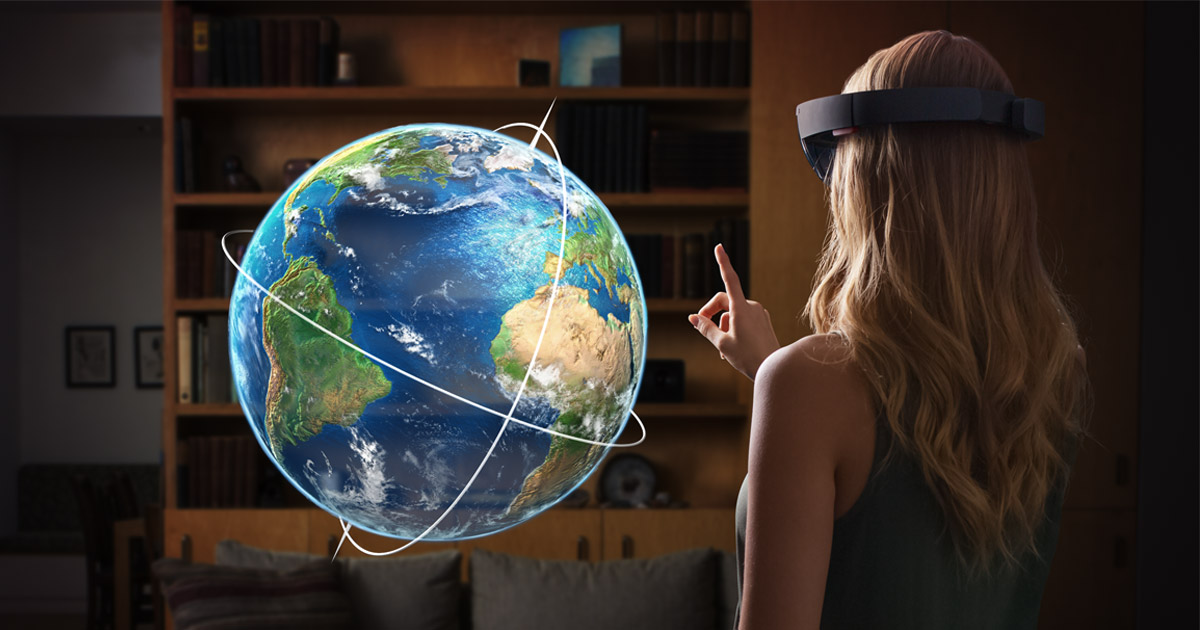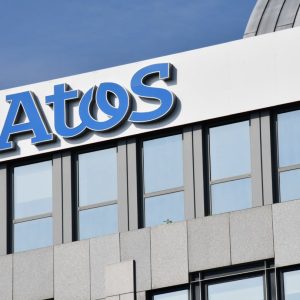
Microsoft has made its Windows Holographic VR software available to partners in a push to advance mixed reality technology.
By making the software available to hardware and software developers, the company aims to further strengthen its presence in the booming market of VR.
Windows Holographic platform allows developers to build not only fully immersive VR experiences but also fully untethered holographic computing.
Untethered holographic computing has been one of the main selling points for Microsoft’s HoloLens in the past few months. The technology essentially enables high-definition holograms to be integrated with the ‘real world’ and lets users also interact with them.
It is a mixture of VR and AR capabilities, with intelligent sensing that allows users to interact with the graphics and the graphics with the users.
In its move to augment its VR market stake, Microsoft has also been in collaboration with other industry heavy weights including Intel, AMD, Qualcomm, HTC, Acer, ASUS, CyberPowerPC, Dell, Falcon Northwest, HP, iBuyPower, Lenovo and MSI.
The company has also built the Windows 10 OS with support for the Holographic software, opening up the platform to more than 300 million machines and devices that have updated to the OSs latest version.
Terry Myerson, EVP of Windows and Devices Group, said: "Many of today’s devices and experiences do not work with each other, provide different user interfaces, interaction models, input methods, peripherals, and content.
"And most virtual reality experiences can’t mix real people, objects, and environments into the virtual world, making creation and collaboration difficult. This is because they lack the human, environmental and object understanding that is already built into Windows 10."
According to Microsoft, the market for VR devices is expected to be 80 million devices per year by 2020.






